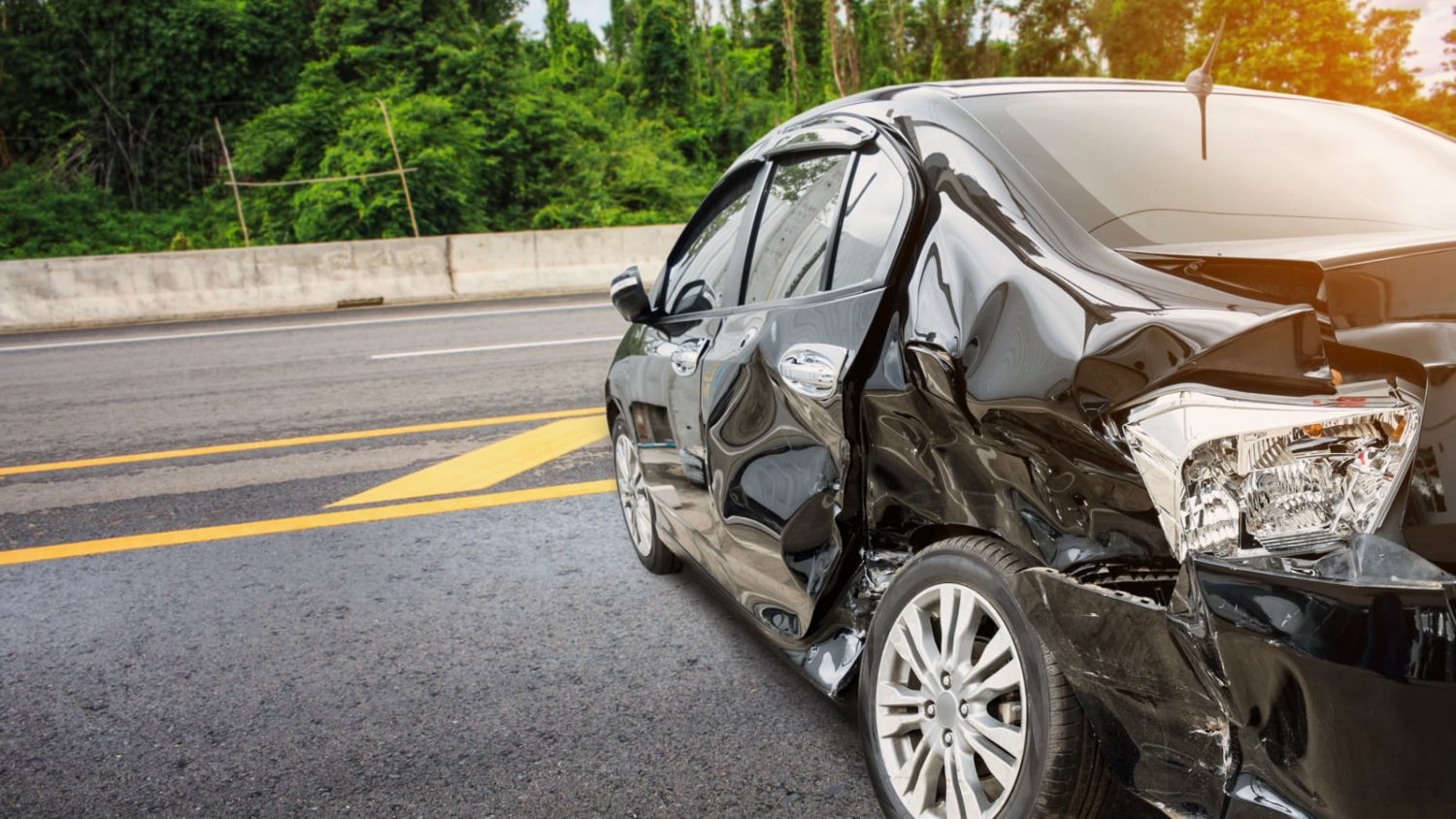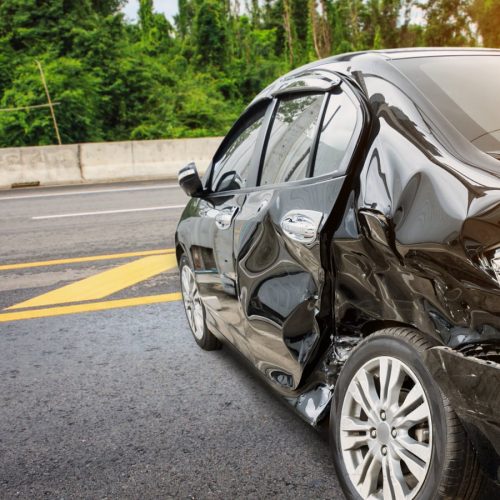
At Lowry & Associates, we understand the complexities of personal injury cases in Maine. A critical aspect of successfully recovering the maximum compensation available in these cases is demonstrating negligence. While this is a concept that might seem straightforward, it requires meticulous attention to detail and legal expertise.
This guide delves into how to prove negligence in Maine. We provide valuable insights to help you handle your personal injury claim and explain how getting a no-cost consultation from an experienced personal injury attorney can protect your legal rights.
How Is Negligence Defined in Maine?
Negligence in Maine, as in many jurisdictions, is defined as the failure to behave with the level of care that someone of ordinary prudence would have exercised under the same circumstances. Negligent behavior typically consists of actions taken, but it can also extend to failure to act when there is some duty to act with care.
Understanding the legal framework of negligence is paramount in personal injury cases. It’s the foundation upon which a case is built, guiding the court’s decision-making process. By establishing negligence, the injured party (plaintiff) can hold the responsible party (defendant) liable for damages incurred due to the accident.
Steps Involved in Proving Negligence
There are 4 elements that must be proven to demonstrate negligence in a personal injury claim:
- Duty of Care
The first step in proving negligence is to demonstrate that the defendant owed the plaintiff a duty of care. This legal obligation requires individuals to exercise reasonable care toward others to avoid causing harm. In personal injury cases, this could range from drivers maintaining control of their vehicles to property owners ensuring their premises are safe for visitors. - Breach
After establishing a duty of care, the next step is to prove that the defendant breached this duty. A breach occurs when the defendant fails to meet the established standard of care. This could be a direct action, such as running a red light, or a failure to act, like not fixing a known hazard on a property. - Causation
Causation links the breach of duty to the injuries sustained by the plaintiff. This step requires showing that the defendant’s actions or inactions were a direct cause of the plaintiff’s injuries. It involves demonstrating that the injuries would not have occurred if not for the defendant’s negligence. - Damages
Finally, the plaintiff must prove that they suffered damages due to this negligence. Damages can be physical, emotional, or financial and must be directly related to the negligence of the other party. Providing detailed documentation, such as medical records and bills, is essential in substantiating these claims.
What Role Does Comparative Negligence Play?
Maine’s personal injury laws include the rule of comparative negligence. This doctrine means that if you, as the plaintiff, share some fault in the accident (49% or less), your settlement will be reduced according to your percentage of fault. However, if your fault is 50% or greater, you will be barred from recovering compensation. This rule underscores the importance of a thorough legal investigation and analysis to accurately assess and minimize the chances of a denied claim.
Examples of Negligent Acts
Negligence can manifest in various forms, each with unique challenges in proving liability. Here are some examples:
Negligence in Motor Vehicle Accidents
Motor vehicle accidents, including those involving cars, trucks, motorcycles, and pedestrian incidents, are common examples of negligence. Proving negligence in these cases often involves demonstrating that the other party violated traffic laws or failed to drive safely under the circumstances (e.g., drunk or distracted driving).
Negligence in Premises Liability Cases
Cases like dog attacks and slip-and-fall incidents fall under premises liability. Property owners have a duty to ensure their premises are safe. Proving negligence involves showing that the owner knew or should have known about the hazard and failed to rectify it.
Negligence in Product Liability Claims
When products cause injury due to manufacturing defects, design flaws, or inadequate warnings, it’s possible to hold the manufacturer or distributor responsible for negligence.
Negligence Leading to Wrongful Death
In cases where negligence results in fatal injuries, the deceased’s family may pursue a wrongful death claim. These cases require proving that the negligence directly led to the death and resulted in measurable damages to the family.
Determining Who To File Your Claim Against
Identifying the responsible party or parties in personal injury cases is a major aspect of the legal process for personal injury claims. This endeavor can be intricate and multifaceted, as it may involve determining liability for the incident among one individual, a group of people, or large entities such as companies or organizations. Without a comprehensive professional investigation, the task of pinpointing the exact party at fault sometimes becomes nearly impossible.
Get Legal Assistance from Lowry & Associates
Figuring out how to prove negligence in your personal injury case alone is too much for anyone to handle. At Lowry & Associates, we have a legal team that offers the knowledge and guidance needed to effectively prove negligence and secure the compensation you deserve. If you were injured in Bangor, Portland, or elsewhere in Maine, contact us at 207-222-2222 or use the form below for a free consultation, and let us advocate on your behalf.
By entrusting your case to Lowry & Associates, you gain a dedicated partner committed to achieving the best possible outcome for your situation.
Related Maine Personal Injury Articles & Info
Can Bars Be Held Liable For Drunk Driving Accidents in Maine?
Who’s Liable When A Car Accident is Caused By A Cell Phone in Maine?
How Fault Is Determined After A Truck Accident Caused By a Drunk Truck Driver
How Fault Is Determined In A Commercial Truck Accident in Maine






